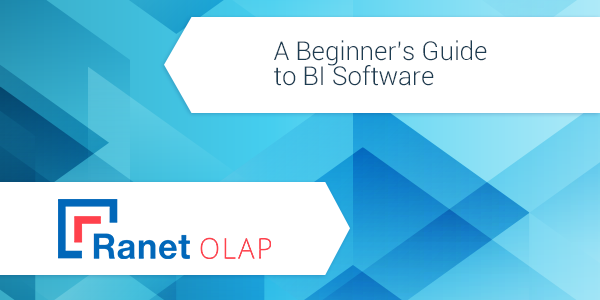The business intelligence (BI) software market can be tough to navigate. Not only do organizations have to sort through hundreds of available products, they also have to make sense of the jargon, trends and other technical aspects of BI tools (e.g. “OLAP” or “in-memory processing”).
Getting a handle on these concepts early in your research process is critical. You’ll want to be literate when you discuss your next purchase with your management team, IT staff and eventually sales representatives.
Fortunately, there are several online resources to help you get up to speed. For example, Software Advice, a website that reviews and compares business intelligence software vendors, recently put together an introduction guide to three BI tools: data warehouses, ETL tools and OLAP tools.
In their post, “Business Intelligence 101 | A Beginner’s Guide to BI Software,” they explain the function that each tool performs, and why and when companies need to use them. They also discuss four prominent trends currently playing out in the market: predictive analytics, SaaS, “Big Data” and in-memory processing. Here’s an excerpt from their post about data warehouses:
As the name implies, a data warehouse stores data. But its technology is much more sophisticated than its name. A data warehouse allows you run complex analysis on large volumes of historical data originating from multiple source systems.
For example, let’s say you want to determine net profits of a product introduced in Q2 last year. You would need to pull manufacturing expenses from your ERP system, transportation expenses from your supply chain management system, and sales and marketing costs from your CRM system. You would then compare this with revenue data from your accounting system. All this data would be extracted from these operational systems and then aggregated and organized in a data warehouse.
To continue reading, visit “Business Intelligence 101 | A Beginner’s Guide to BI Software."
